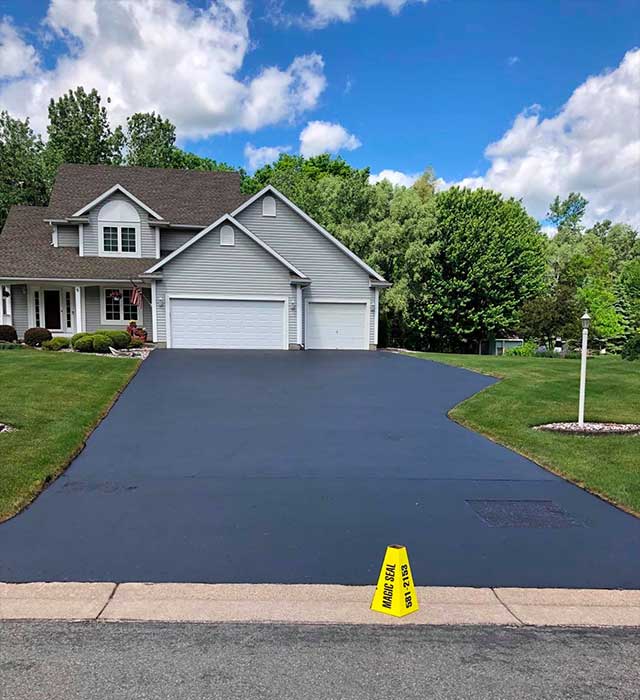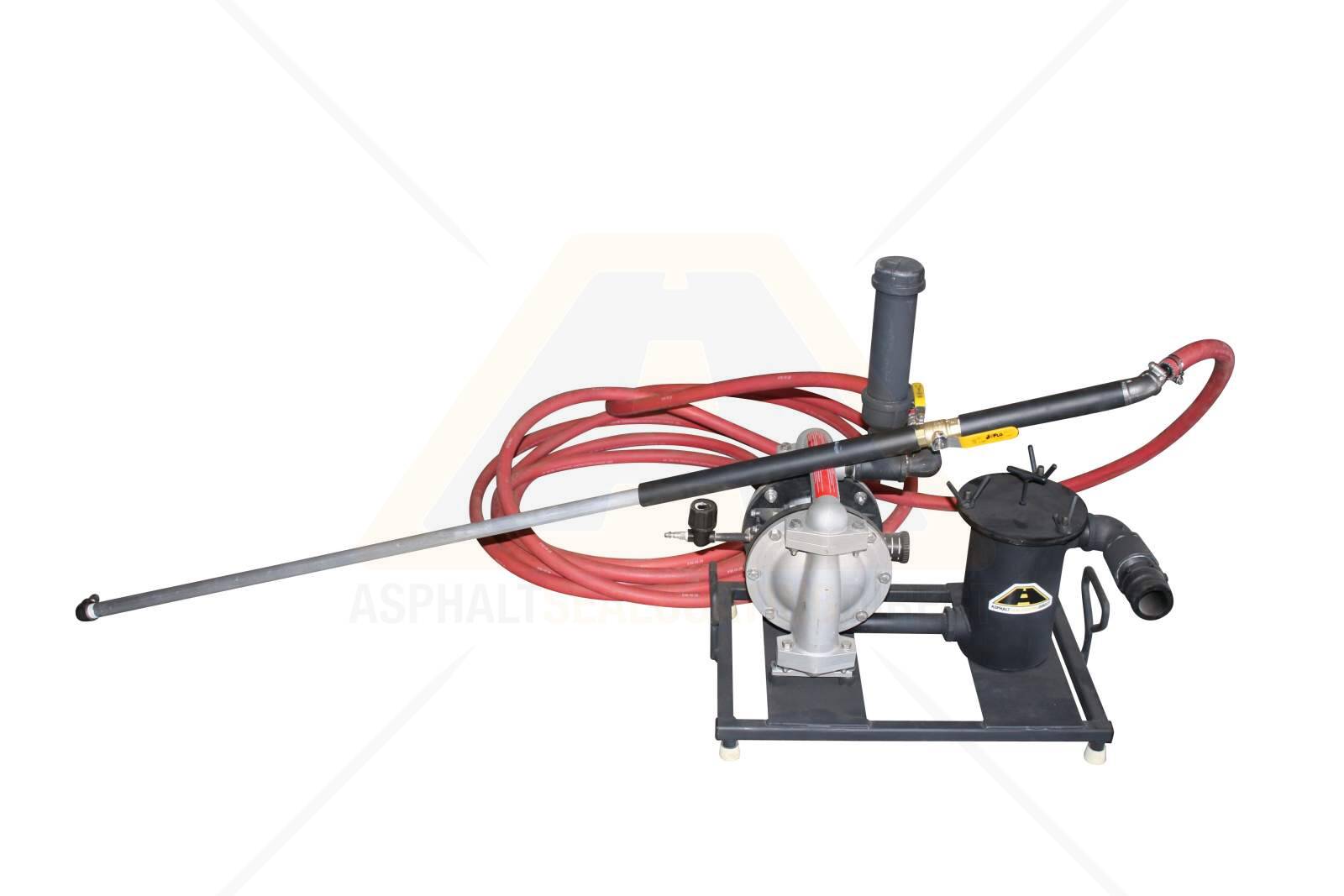Hot Mix Asphalt: A Lasting Remedy for Sidewalk
Hot Mix Asphalt (HMA) has become a leading sustainable choice for pavement services, providing a myriad of environmental benefits and innovative technologies. Its capacity to minimize and recycle products power usage presents an engaging situation for its adoption in road building and construction projects. The long-term performance and resilience of HMA make it a favored choice for facilities advancement. As the need for green building and construction techniques expands, checking out the subtleties of HMA's sustainability can supply beneficial understandings right into the future of pavement remedies.
Environmental Advantages of Hot Mix Asphalt

Moreover, Hot Mix Asphalt helps to reduce metropolitan heat island impacts. Its dark color soaks up sunlight, lowering the amount of warmth reflected back into the atmosphere contrasted to lighter-colored sidewalks. This can lower ambient temperatures in metropolitan areas, decreasing the need for cooling and eventually reducing power usage.
Furthermore, Hot Mix Asphalt adds to boosted stormwater administration. Its permeable nature allows water to penetrate the sidewalk and recharge groundwater materials, minimizing drainage and the risk of flooding. These environmental benefits make Warm Mix Asphalt a lasting selection for paving highways and roadways.
Energy Efficiency in HMA Manufacturing
Is power effectiveness a critical element in the manufacturing of Hot Mix Asphalt (HMA)? Energy plays a significant function in the manufacturing of HMA, impacting both cost and ecological sustainability. One crucial aspect of power effectiveness in HMA production is the usage of warm mix asphalt (WMA) innovations.
In addition, advancements in plant technologies have actually caused more energy-efficient HMA production procedures. Modern plants are designed with attributes like recycled asphalt pavement (RAP) handling capabilities, reliable burner systems, and boosted insulation, all contributing to energy financial savings. By enhancing power usage in HMA production, the industry can lower its carbon footprint while preserving high-quality sidewalk products. Energy performance is, as a result, a critical factor to consider in ensuring the sustainability of Warm Mix Asphalt production.
Recyclability of Warm Mix Asphalt
The recyclability of Hot Mix Asphalt (HMA) is an essential facet of its sustainability and long-lasting environmental Continued influence. HMA is among the most recycled materials in the USA, with over 100 million lots of redeemed asphalt sidewalk (RAP) being reused yearly in brand-new sidewalk construction. Recycling HMA uses a number of environmental benefits, such as minimizing the demand for virgin products, decreasing energy consumption throughout production, and lowering the quantity of waste sent out to land fills.
The procedure of reusing HMA involves grating the existing sidewalk, crushing it right into smaller sized items, and blending it with brand-new aggregate and asphalt binder to produce a recycled mix. In general, the recyclability of HMA plays a considerable duty in advertising sustainable techniques within the sidewalk industry.

Long-Term Efficiency of HMA
Asphalt sidewalks show longevity and durability over an extensive period, showing the lasting efficiency of Hot Mix Asphalt (HMA) In addition, innovations in HMA innovation, such as the usage of polymer-modified binders and warm mix asphalt, have actually further improved the durability and long life of HMA pavements. By focusing on quality building and maintenance methods, see this website HMA proceeds to verify itself as a sustainable and affordable service for durable pavement try this infrastructure.

HMA: Durability and Sustainability
Demonstrating both longevity and sustainability, Hot Mix Asphalt (HMA) has actually ended up being a cornerstone in the building and construction of resilient sidewalk infrastructures - hot mix asphalt. HMA's longevity comes from its ability to stand up to heavy lots, harsh weather condition problems, and high web traffic quantities, making it a trustworthy selection for roadways, highways, and airport runways. The composition of HMA, which normally consists of aggregates, binder, and filler, plays an essential role in boosting its longevity and resistance to tear and put on
Furthermore, HMA's sustainability hinges on its recyclability and energy-efficient production process. The capacity to reuse reclaimed asphalt sidewalk (RAP) in brand-new HMA mixtures decreases the need for virgin materials and minimizes the environmental effect of pavement construction and upkeep. Additionally, the energy efficiency of generating HMA lies in its reduced blending temperature levels contrasted to various other pavement materials, resulting in minimized energy intake and greenhouse gas discharges.
Conclusion
In conclusion, warm mix asphalt (HMA) uses a sustainable solution for sidewalk with its ecologically friendly characteristics. HMA's recyclability, power effectiveness in production, and lasting longevity make it an eco-friendly selection for roadway building and construction.
HMA is one of the most recycled materials in the United States, with over 100 million lots of reclaimed asphalt sidewalk (RAP) being reused annually in brand-new pavement building and construction.The procedure of recycling HMA entails milling the existing sidewalk, crushing it right into smaller pieces, and mixing it with brand-new aggregate and asphalt binder to develop a recycled mix.Asphalt pavements show sturdiness and resilience over an extensive period, mirroring the long-term efficiency of Hot Mix Asphalt (HMA) Furthermore, innovations in HMA modern technology, such as the use of polymer-modified binders and cozy mix asphalt, have better enhanced the longevity and durability of HMA sidewalks. The ability to reuse recovered asphalt sidewalk (RAP) in new HMA blends reduces the need for virgin products and reduces the environmental impact of pavement building and upkeep.
Comments on “Raise Security and Appeal: Angled Parking Lot Solutions with Asphalt Sealing”